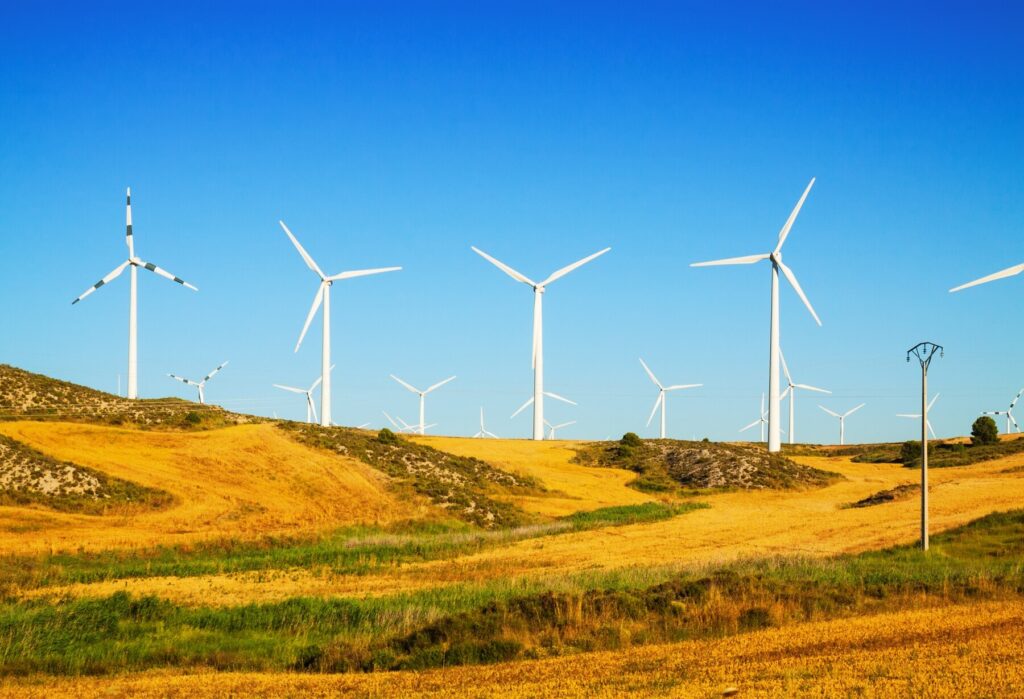Turbine casing bolts are essential in maintaining the integrity, durability, and safety of turbines in various power-generation industries, including thermal, hydro, and wind energy. These bolts are responsible for securely fastening the casing parts of turbines, which operate under extreme conditions of temperature, pressure, and environmental stress. Choosing the right type of turbine casing bolts requires careful consideration of multiple factors to ensure they meet the demands of the application. Below are the key factors to consider when selecting turbine casing bolts for industrial use.
1. Material Composition
The material of turbine casing bolts plays a significant role in their performance and longevity. Since turbines operate under high temperature and pressure, the bolts need to be made from materials that can withstand such stresses without compromising their integrity. Common materials include:
- High-strength alloy steels: These provide excellent tensile strength and durability under high-pressure environments.
- Stainless steel: Known for its corrosion resistance, stainless steel is often used in applications exposed to moisture or corrosive environments.
- Nickel-based alloys: These alloys offer high-temperature resistance and are ideal for turbines in thermal power plants.
Choosing the right material also depends on factors like resistance to corrosion, stress fatigue, and wear, which can extend the lifespan of the bolts and reduce maintenance needs.
2. Temperature Resistance
One of the most critical factors is temperature resistance. Turbines, especially those in thermal power plants, can reach very high temperatures, and turbine casing bolts must be able to withstand these conditions without deforming or weakening. Bolts made from high-alloy materials or those with specialized heat treatments can handle extreme heat better and maintain their structural integrity under prolonged exposure to high temperatures. Proper temperature resistance prevents premature failure and maintains the stability of the turbine’s casing.
3. Pressure Tolerance
In addition to temperature, turbine casing bolts must withstand substantial pressure. High-pressure tolerance is particularly important in steam turbines, where pressure fluctuations can be significant. Bolts must be engineered to handle these pressures without excessive stretching or distortion, which could lead to casing leakage and potentially catastrophic damage to the turbine. Ensuring adequate pressure tolerance is crucial for the overall safety and reliability of turbine operation.
4. Corrosion Resistance
Corrosion resistance is vital for bolts used in environments exposed to moisture, salt, or chemicals. In offshore wind turbines, for instance, corrosion from seawater is a constant concern. Selecting bolts with corrosion-resistant materials, such as stainless steel or corrosion-resistant coatings, can significantly improve the longevity and performance of turbine casing bolts in harsh environments. Preventing corrosion also reduces the risk of weakening bolts, which could lead to structural failure.
5. Size and Thread Specifications
Turbine casing bolts need to be of specific sizes and thread specifications to fit the exact dimensions required by turbine designs. Standard and custom sizes are available, and it’s crucial to choose bolts that meet exact manufacturer specifications to ensure a secure fit. Thread pitch, length, and diameter should be chosen based on the turbine’s requirements and the load capacity they need to support. Any deviation in size or threading could lead to poor performance, increased wear, or a complete misfit.
6. Tensile Strength and Load-Bearing Capacity
The tensile strength of turbine casing bolts determines how much load they can withstand before deforming or breaking. Bolts with high tensile strength are necessary to manage the significant load exerted by high-speed turbine operations. It is important to choose bolts that can handle both the static load (the weight of the casing) and dynamic loads, which occur from the vibrations and operational forces within the turbine. A bolt with insufficient tensile strength will likely fail under stress, leading to costly repairs and downtime.
7. Coatings and Surface Treatments
Many turbine casing bolts are coated or surface-treated to enhance their durability and resistance to environmental factors. Some common coatings and treatments include:
- Galvanizing: Adds a zinc layer to prevent rust.
- Phosphate coating: Improves wear resistance and lubrication.
- PTFE coatings: These can enhance lubrication and reduce friction, making bolts easier to install and remove.
- Anti-corrosive coatings: Essential for bolts exposed to harsh environmental conditions.
These coatings not only protect bolts from rust and corrosion but also improve their longevity, especially in challenging industrial settings.
8. Installation and Maintenance Requirements
Some turbine casing bolts require specialized tools and methods for installation to achieve the correct torque and tension. Ensuring proper installation procedures helps prevent issues like over-tightening or under-tightening, which can compromise bolt effectiveness. It’s also important to consider the ease of maintenance; bolts that are easy to access, inspect, and replace can save time and reduce the risk of prolonged downtime during maintenance cycles.
9. Compliance with Industry Standards
Quality and safety standards, such as those from the American Society of Mechanical Engineers (ASME), the International Organization for Standardization (ISO), and other governing bodies, set strict guidelines for turbine casing bolts. Selecting bolts that comply with these standards is essential to ensure safety, quality, and durability. Certified bolts provide assurance of their performance under specific operational conditions and are often required by regulatory bodies for industrial equipment.
10. Environmental and Operational Conditions
Environmental conditions, such as humidity, salt exposure (in coastal or offshore applications), and chemical exposure, can greatly affect bolt longevity. Bolts in offshore turbines, for example, must endure saltwater corrosion, while bolts in thermal power plants must handle high heat and steam exposure. By taking these environmental factors into account, you can select bolts with appropriate material and coatings to ensure durability under specific operational conditions.
Choosing the right turbine casing bolts is critical to the efficient and safe operation of turbines in power generation. By considering factors such as material composition, temperature and pressure resistance, corrosion protection, and compliance with industry standards, you can ensure the bolts selected are up to the demands of challenging industrial environments. High-quality, well-chosen bolts reduce maintenance needs, improve turbine reliability, and ultimately support efficient power generation with minimal downtime

